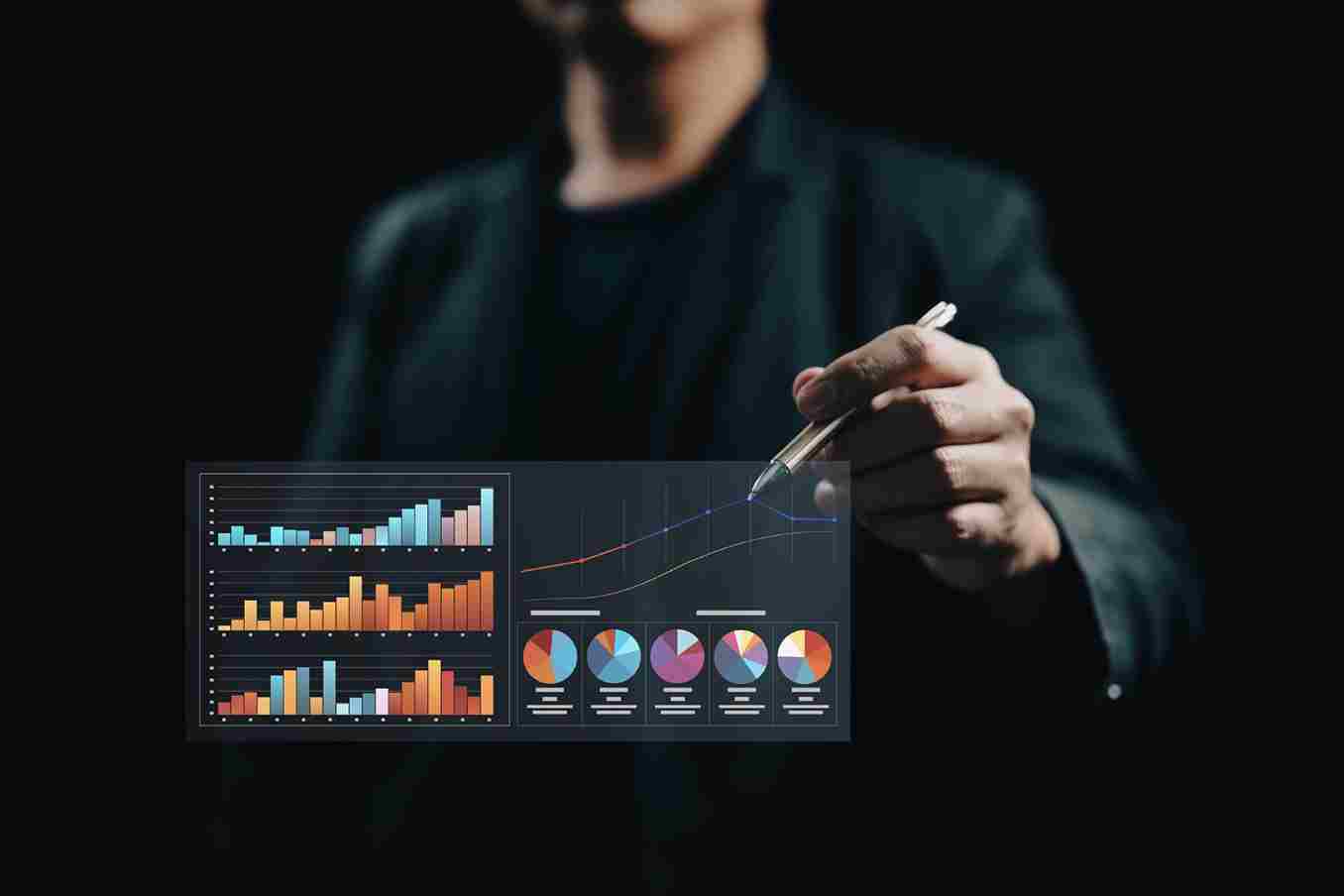Navigating the world of forex trading can feel like trying to understand a foreign language. With so many terms and jargon flying around, it’s easy to get lost in the chaos. But don’t worry; we’ve got your back. This comprehensive glossary will break down the most common forex trading terms in plain, simple English. Ready to decode the forex lingo? Let’s dive in!
What Is Forex Trading?
Forex, short for foreign exchange, is the process of exchanging one currency for another. It’s one of the largest markets in the world, with a daily trading volume exceeding $6 trillion. But what does all this mean for you, the trader?
The Basics of Forex Trading
At its core, forex trading involves buying one currency while simultaneously selling another. You’re always trading in pairs, such as EUR/USD or GBP/JPY. The first currency listed is the base currency, and the second is the quote currency. Confusing? Think of it like a bartering system – you’re trading one item (currency) for another.
Why Trade Forex?
Why would anyone want to trade forex? Simple: profit. The forex market is highly liquid, meaning you can buy and sell currencies quickly without much price movement. Plus, it operates 24 hours a day, five days a week, giving you plenty of opportunities to trade.
Major Forex Trading Terms
Pips and Points
You’ve probably heard traders talk about pips and points. But what are they?
Pips
A pip (percentage in point) is the smallest price movement a currency pair can make. For most currency pairs, a pip is 0.0001. For example, if EUR/USD moves from 1.1000 to 1.1001, it has moved one pip.
Points
Points are a bit simpler. One point is equal to one pip. So, when traders talk about gaining or losing points, they’re referring to pips. Easy, right?
Leverage and Margin
Leverage and margin can either be your best friends or your worst enemies in forex trading.
Leverage
Leverage allows you to control a large position with a relatively small amount of money. For instance, a leverage of 100:1 means you can control $100,000 with just $1,000. Sounds great, but it’s a double-edged sword. While it can amplify your profits, it can also magnify your losses.
Margin
Margin is the amount of money required to open a leveraged position. It’s essentially a good faith deposit that you need to maintain your trade. If your account falls below this level, you could face a margin call, which is as unpleasant as it sounds.
Bid and Ask Prices
Understanding bid and ask prices is crucial for trading.
Bid Price
The bid price is the maximum price a buyer is willing to pay for a currency. It’s the price at which you can sell the base currency.
Ask Price
The ask price is the minimum price a seller is willing to accept. It’s the price at which you can buy the base currency. The difference between the bid and ask price is called the spread, and it’s how brokers make their money.
Bull and Bear Markets
The terms bull and bear markets describe the overall trend of the market.
Bull Market
A bull market is characterized by rising prices and optimism. It’s like a bull charging forward, pushing prices up.
Bear Market
A bear market, on the other hand, is marked by falling prices and pessimism. Imagine a bear swiping down with its paw, dragging prices lower.
Trading Strategies
Scalping
Scalping is a short-term trading strategy aiming to make small profits frequently.
How It Works
Scalpers open and close positions within minutes, sometimes seconds, aiming to capture small price movements. It’s a high-intensity strategy that requires focus and quick decision-making.
Pros and Cons
The advantage of scalping is that it reduces exposure to market risk. However, it requires a lot of time and can be mentally exhausting.
Day Trading
Day trading involves buying and selling currencies within the same trading day.
How It Works
Day traders capitalize on small price fluctuations during the day. They don’t hold positions overnight, reducing the risk of unexpected market events.
Pros and Cons
Day trading offers flexibility and the potential for high profits. However, it requires significant time and a good understanding of market trends.
Swing Trading
Swing trading involves holding positions for several days or weeks.
How It Works
Swing traders aim to capture larger price movements or ‘swings.’ They use technical analysis to identify potential entry and exit points.
Pros and Cons
Swing trading is less time-consuming than day trading and can yield higher profits. However, it involves more risk as positions are held for longer periods.
Position Trading
Position trading is a long-term strategy.
How It Works
Position traders hold positions for months or even years, ignoring short-term price movements. They focus on the long-term potential of currencies.
Pros and Cons
Position trading requires less time and can yield substantial profits. However, it involves significant risk due to long holding periods.
Technical Analysis
What Is Technical Analysis?
Technical analysis involves analyzing past market data, primarily price and volume, to predict future price movements.
Tools and Indicators
Technical analysts use various tools and indicators like moving averages, Bollinger Bands, and RSI to make informed decisions. Think of it as using a map to navigate the forex jungle.
Chart Patterns
Chart patterns are formations created by the price movements of a currency pair. They can indicate potential trend reversals or continuations.
Common Patterns
Some common chart patterns include head and shoulders, double tops and bottoms, and triangles. Recognizing these patterns can give you an edge in your trading decisions.
Fundamental Analysis
What Is Fundamental Analysis?
Fundamental analysis involves evaluating the economic, financial, and other qualitative and quantitative factors that affect a currency’s value.
Economic Indicators
Key economic indicators like GDP, employment rates, and inflation play a significant role in fundamental analysis. It’s like trying to predict the weather by studying cloud patterns.
Interest Rates
Interest rates set by central banks are crucial. Higher interest rates can attract foreign investment, increasing demand for a currency, while lower rates can have the opposite effect.
Risk Management
Importance of Risk Management
Risk management is vital in forex trading. Without it, you’re just gambling.
Strategies
Common risk management strategies include setting stop-loss orders, limiting leverage, and diversifying your portfolio. It’s all about protecting your capital.
Psychological Factors
Emotions can be your worst enemy in trading. Fear and greed can lead to irrational decisions.
Tips
Stay disciplined, stick to your trading plan, and don’t let emotions dictate your trades. Remember, slow and steady wins the race.
Trading Platforms
Choosing a Trading Platform
Your trading platform is your gateway to the forex market. Choosing the right one is crucial.
Features to Look For
Look for features like user-friendly interfaces, reliable execution, and advanced charting tools. Think of it like choosing the right car for a long road trip.
Popular Platforms
Some popular trading platforms include MetaTrader 4, MetaTrader 5, and cTrader. Each has its pros and cons, so choose one that fits your trading style.
Conclusion
Forex trading is a complex yet rewarding endeavor. Understanding the terminology is the first step to becoming a successful trader. This glossary should serve as a handy reference to help you navigate the forex market with confidence. Remember, knowledge is power, and in the world of forex, it can also mean profit.
FAQs
1. What is a pip in forex trading?
A pip, or percentage in point, is the smallest price movement a currency pair can make. It’s typically 0.0001 for most currency pairs.
2. What is leverage in forex trading?
Leverage allows traders to control a large position with a small amount of money. It can amplify both profits and losses.
3. What is the difference between a bull and a bear market?
A bull market is characterized by rising prices and optimism, while a bear market is marked by falling prices and pessimism.
4. What is technical analysis in forex trading?
Technical analysis involves analyzing past market data, such as price and volume, to predict future price movements.
5. Why is risk management important in forex trading?
Risk management is crucial to protect your capital from significant losses. It involves strategies like setting stop-loss orders and limiting leverage.




